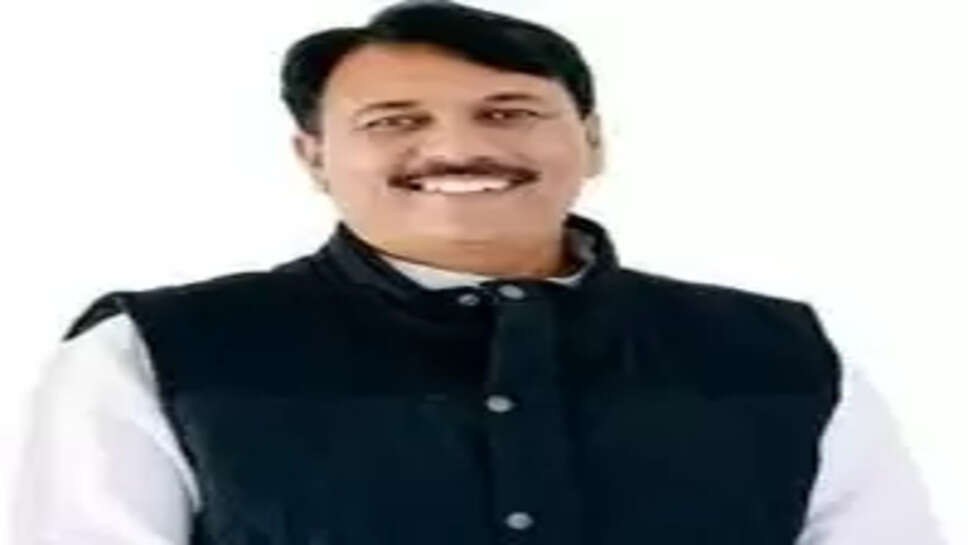Congress Bets on OBC, ST Leaders and Dynasties for Gujarat Comeback

In a significant organizational reshuffle, the Indian National Congress has appointed new leadership in Gujarat, putting prominent faces from the Other Backward Classes (OBC) and Scheduled Tribes (ST) at the forefront. The move, seen as part of a broader electoral revival strategy, also leans heavily on the credibility and network of political families that have remained loyal to the party in the western state.
As the Congress attempts to regain lost ground in Gujarat—where it has been out of power for over two decades—the focus on socially representative leadership and trusted dynasts indicates a conscious recalibration to reconnect with both the grassroots and influential constituencies.
Gujarat: The Stubborn Fortress
Gujarat has been one of the most challenging states for the Congress since the rise of Narendra Modi, who served as Chief Minister from 2001 to 2014. The BJP has built a formidable base across castes, regions, and urban-rural divides, leaving Congress with a fragmented support base and little organizational coherence.
The party's last major push came in 2017, when it reduced the BJP’s majority but failed to cross the halfway mark. Since then, its electoral performance has weakened, with defections, disunity, and a lack of ground-level mobilization affecting its ability to mount a credible challenge.
This recent overhaul seems to be an attempt to build a long-term strategy, focusing on identity politics, regional representation, and reactivating family-led loyalty networks.
Who’s In: Representation from Marginalized Castes and Tribes
One of the most striking features of the reshuffle is the elevation of leaders from OBC and ST backgrounds into top positions in the Gujarat Pradesh Congress Committee (GPCC). The idea is to signal inclusivity and social justice, aligning with the national party’s messaging on caste census, economic equity, and reservation policies.
Among those appointed, several leaders belong to electorally significant communities such as the Kolis (OBC), Thakors (OBC), and Bhils (ST). These communities constitute large segments of the population, particularly in north and central Gujarat, and have historically oscillated between parties.
By giving them representation not just in token roles but in decision-making positions, Congress is attempting to rebuild its base among social groups that once formed its backbone.
Dynastic Strategy: Known Faces, Trusted Networks
Alongside the caste-representative appointments, the Congress has leaned on dynastic politics to provide a sense of continuity, recognition, and electoral familiarity. Political families in Gujarat, especially those with historical ties to the Congress, are being re-empowered.
Sons and daughters of former MPs, MLAs, and senior Congress leaders have been given organizational responsibilities. The assumption here is that political legacies can bring with them a ready-made network of local workers, influence within communities, and media attention—all of which are crucial in a state where the party machinery has weakened.
Critics might dismiss this as nepotism, but party insiders argue that in a state where identity and lineage carry weight, this is a tactical necessity.
Balancing Regions and Factions
Another key consideration in the new structure is regional balance. Gujarat’s political geography is diverse—urban and rural divides, regional aspirations in Saurashtra, tribal-dominated belts in eastern Gujarat, and the hyper-urbanized zones of Ahmedabad and Surat.
Congress has tried to spread its appointments across these areas, ensuring that no single faction or region feels left out. This is critical to keep the internal factionalism, which has plagued the state unit in the past, under check.
Moreover, the new team has been tasked with preparing for upcoming municipal and panchayat elections, which are crucial to rebuilding the party’s grassroots machinery ahead of the 2027 Assembly polls.
Women and Youth: Still Waiting Their Turn
While the reshuffle emphasizes caste and family networks, critics point out that women and young leaders remain underrepresented. The Congress has often spoken about generational change, yet most of the new appointments are familiar faces rather than fresh ones.
Youth leaders who emerged from recent agitations or student movements are largely missing from the picture. Similarly, women leaders have been given only a handful of roles, raising questions about the party's commitment to broader social inclusion.
Observers argue that unless Congress integrates a wider section of society—including professionals, students, and women—it risks becoming a coalition of legacy holders rather than a mass movement.
The Larger Political Calculation
Nationally, the Congress is attempting to forge a broader coalition of OBC, SC, ST, and minority communities—the very groups that delivered it multiple victories in earlier decades. Rahul Gandhi’s repeated focus on caste census, social justice, and economic equality is part of this effort.
The Gujarat reshuffle mirrors this ideological orientation. It’s not just about winning seats; it’s about reasserting the Congress’s role as a party of the underrepresented and socially marginalized.
The challenge lies in execution. The BJP, with its deep organizational reach and ideological discipline, remains a formidable force. It has also made significant inroads into OBC and tribal communities through welfare politics and targeted outreach.
For Congress, therefore, symbolic representation will need to translate into grassroots mobilization, narrative building, and alliance-making.
Looking Ahead: Can This Strategy Deliver?
Much depends on how these new appointees perform on the ground. Can they energize cadres? Can they bring back old loyalists and attract new voters? Can they counter the BJP's narrative of development and Hindutva with a message that resonates?
The upcoming local body elections and future bypolls will serve as litmus tests. Congress’s new Gujarat leadership must now deliver more than symbolism—they must deliver votes.
If successful, this experiment could serve as a template for other states where Congress is in decline. If not, it may become yet another chapter in the party's long struggle to stay politically relevant in one of India's most electorally critical states.
A Calculated Gamble in the Battle for Gujarat
By elevating OBC and ST leaders while also embracing political dynasties, the Congress is trying to play both cards—representation and recognition. The new Gujarat unit reflects an attempt to harmonize identity-based politics with pragmatic electoral calculations.
Whether this combination can successfully challenge the BJP’s well-entrenched machinery remains to be seen. But it certainly marks a shift from previous strategies that lacked coherence and mass appeal.
As Gujarat inches toward its next political cycle, Congress has shown signs of waking up. Now, the party must prove that this awakening is more than cosmetic.
